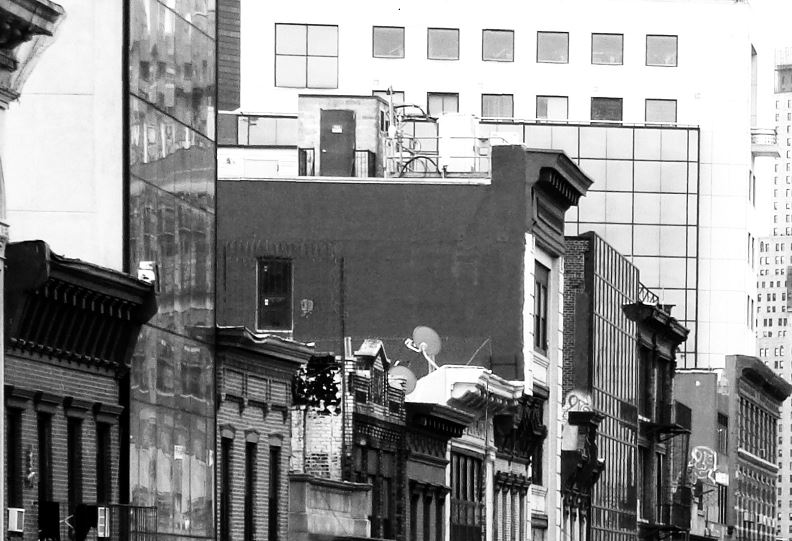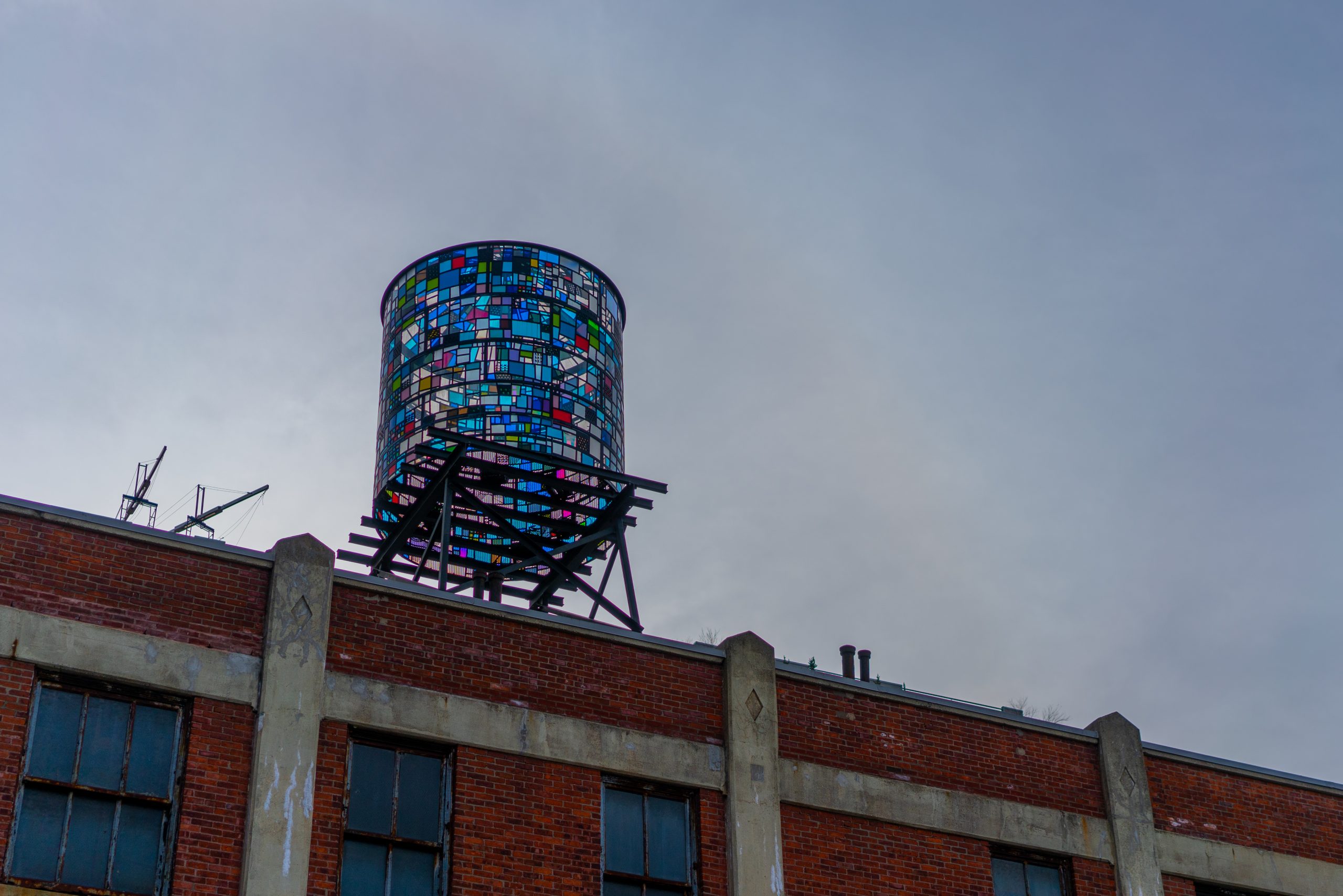Easements Over Land — Who Has Duty to Repair
September 15, 2013
[This post originally appeared on Michelle’s Micro-Farm Law Blog.]
Plaintiff owned real property that has been in agricultural use for several generations. In 1949, Plaintiff’s predecessor in title conveyed part of the property to Defendant AT&T Corp. for the construction of a communications tower, together with an easement over adjoining Plaintiff’s property for access to the tower. Pursuant to the parties written agreement, AT&T constructed a paved road within the easement, and Plaintiff’s predecessor-in-title retained the right to use the road. In 2000 AT&T transferred its interest in the towers to American Towers Inc.
Plaintiff owned real property that has been in agricultural use for several generations. In 1949, Plaintiff’s predecessor in title conveyed part of the property to Defendant AT&T Corp. for the construction of a communications tower, together with an easement over adjoining Plaintiff’s property for access to the tower. Pursuant to the parties written agreement, AT&T constructed a paved road within the easement, and Plaintiff’s predecessor-in-title retained the right to use the road. In 2000 AT&T transferred its interest in the towers to American Towers Inc.
In November 2010 Plaintiff commenced this action for American tower’s alleged failure to maintain or repair the road and a declaration that defendant had abandoned the easement. The Supreme Court dismissed the abandonment claim but granted summary judgment against Defendant on the issue of Defendant’s liability for repair to the road.
Plaintiff testified that adverse weather conditions caused the paved surface of the road to become eroded and deteriorated, some segments of the road became impassable, and rubble and debris washed from the roadway onto the adjacent farmland. Plaintiff supplied the affidavit of a highway construction expert who inspected the property and reported that the surface of the roadway was rutted, drainage culverts, shoulders and ditch lines were in need of repair, crops on plaintiff’s adjacent property had been destroyed by erosion and there were “[l]arge areas of wash out from recent annual snow melting and rains on adjacent crop land.” The expert further averred that these conditions were caused by weather conditions such as rain, storms, snow melt and ice and had “seriously reduced the usable adjacent acreage for farm purposes over approximately a mile.” Defendant offered no affidavits or other evidence controverting these claims, contending instead that it had no duty to maintain or repair the road as a matter of law. Upon review of the written easement agreement and the parties’ submissions, the appellate court disagreed.
The extent and nature of an easement must be determined by the language contained in the grant, aided where necessary by any circumstances tending to manifest the intent of the parties. In general, unless the agreement provides otherwise, the owner of the dominant estate is responsible for maintaining the easement, and the servient owner is under no duty to make repairs. The servient owner has a right to have the land’s natural condition preserved as much as possible, and the dominant owner may not materially increase the burden of the servient estate or impose new and additional burdens on the servient estate.

The easement in this case, however, contained explicit language regarding Defendant’s obligation to provide drainage facilities and prevent flood damage to Plaintiff’s property. This provision required Defendant to provide drainage facilities was phrased as an express exception to its otherwise limited responsibility for maintaining the road. Moreover, the agreement did not give Plaintiff the right or duty to perform such repairs.
Thus, Plaintiff was entitled to summary judgment and American Tower had to fix the road.






